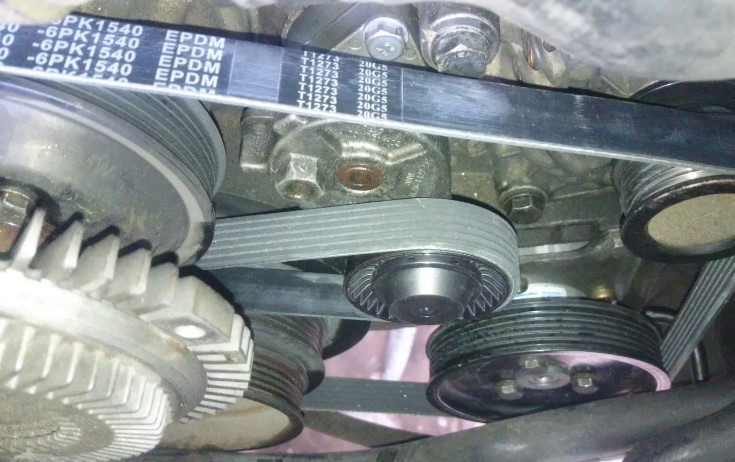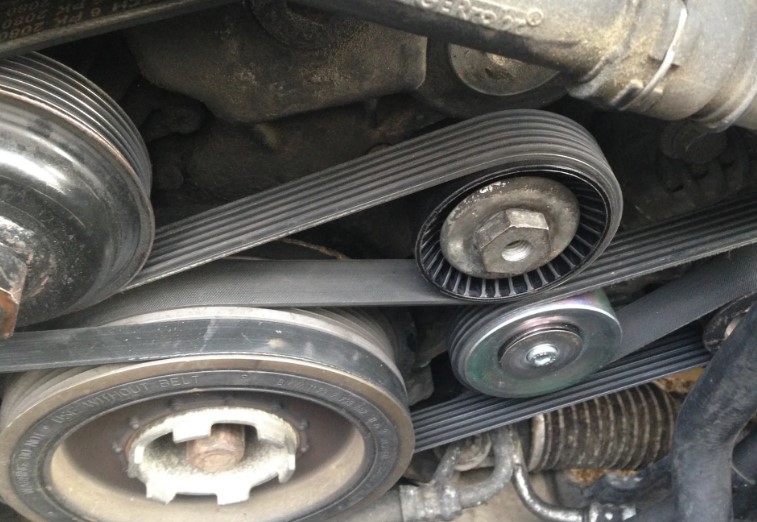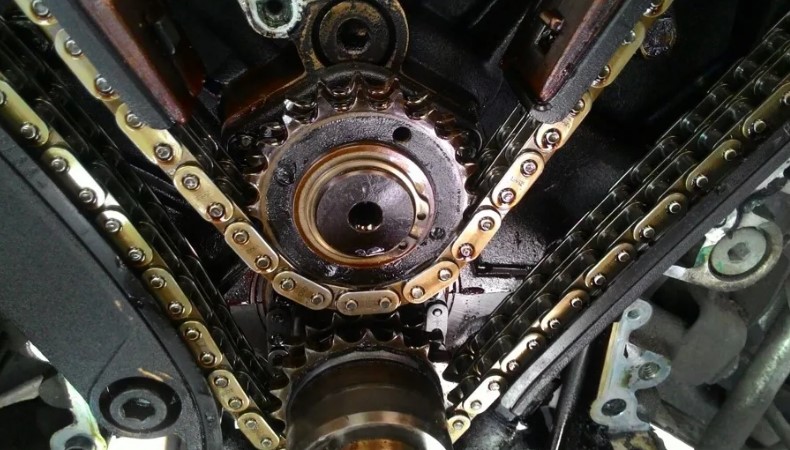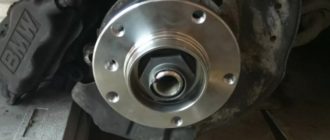Every BMW car owner knows that proper monitoring of the timing belt drive system is of particular importance. Its replacement is best done every 100 thousand kilometers, simultaneously with the tensioner, idler, water pump, and sprockets.

Despite the specified replacement interval in the manufacturer's operating instructions, it is not advisable to rely solely on this schedule. Otherwise, you may miss the required moment, and then, to restore the engine and bring it back to working condition, you will need to pay a substantial amount of money.
How can one determine when a BMW car needs a timing belt replacement?
When Should the Timing Belt on a BMW Be Replaced
First and foremost, it is essential to understand the role of the timing mechanism chain and when it needs replacement. The structure of this unit, whose task is to synchronize the operation of pistons, valves, and ignition system, is very simple.
The sprockets of the crankshaft and camshaft become the location for the chain, simultaneously driving the water pump into action.
To ensure proper chain tension, a special device called a tensioner is installed. If the chain breaks, the intake and exhaust valves will meet the pistons, and the engine will require a major overhaul. Until the repair work is completed, the engine cannot be used.
The most common problems encountered by car enthusiasts include:
Appearance of the «Check Engine» indicator on the dashboard
This issue is the most common problem for both passenger and commercial vehicle engines. The reason for its activation on the dashboard is the electronic control unit (ECU) detecting an error code in one of the existing systems.
There are over 200 error codes in existence. To accurately identify the cause, it is best to conduct diagnostics at a reliable auto service center.
Increased fuel consumption
Under normal engine operation, fuel is burned at a rate that allows for efficient fuel consumption. However, some fuel system components, such as fuel and air filters, mass airflow and oxygen sensors, gradually become contaminated and worn out.

Failure to replace them in a timely manner, which is the most common cause of increased fuel consumption, will lead to higher fuel consumption.
Brake squeaking
In such a situation, the car should be taken to a mechanic as soon as possible, as it may be necessary to replace the brake pads or discs.
Replacing the timing chain should only be done when it stretches. It is important to consider not only the age of the vehicle but also the operating conditions.
Reasons for Timing Chain Replacement on BMW
The timing chain is located in the engine, so it is not subject to external influences and operates almost silently. However, this feature can be the cause of frequent breakdowns.
The engine's performance is influenced by the quality and quantity of oil in it. Inadequate lubrication will necessitate part replacement as it wears out.
Timing chain replacement may be necessary for the following reasons:
- The tensioner has become unusable;
- Malfunction of the chain hydraulic tensioner due to low oil pressure. The chain has insufficient tension, and the teeth will slip;
- The chain may slip due to worn out camshaft sprockets;
- Belt replacement may be required when using low-quality oil;
- The chain may fail during operation under high loads or at increased RPM.
Another reason that may require timing chain replacement is the complexity of access to it. This complicates the prevention and timely detection of timing drive system faults. Compared to the accessory belt, it is hidden under many covers. Inspecting it will require dismantling the engine, a task not every driver can handle.
The replacement is done every 100 thousand kilometers because the engine oil temperature is high, and plastic parts can easily melt. The presence of noise during engine operation at high RPM can help determine the presence of a fault.
Timing Chain Replacement on BMW
The timing chain replacement process is straightforward but requires special tools without which nothing can be accomplished.

The sequence of actions is as follows:
- Drain the engine oil;
- Remove the engine oil pan and replace the gasket;
- Remove the valve cover and replace the gasket underneath;
- Disassemble the timing system;
- Clean the engine from soot and dirt;
- Install the new timing chain;
Proceed with reassembly in reverse order.
Special attention should be paid to the fact that during this process, it is necessary to replace the bolts, the crankshaft oil seal at the front, and the camshaft sprockets.




